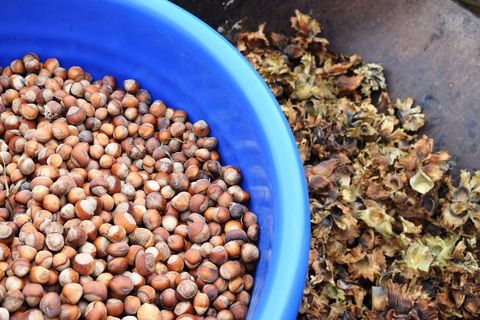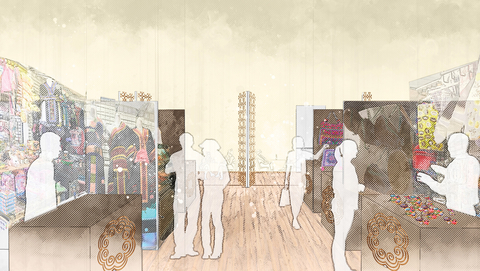Extension’s Regional Sustainable Development Partnerships (RSDP): Community members working hand-in-hand with University of Minnesota faculty and staff on local sustainability projects.
Communities and the University are stronger when we share expertise and work together. Visit RSDP projects for a map of Minnesota sharing more than 100 RSDP stories. Here are two examples from the southwest region:
Growing food in the forest
A food forest is similar to a community garden but maintained by volunteers and open to the public. Plants that require full sun are planted where the trees are not yet tall enough to create shade.
Through an RSDP project, Gary Wyatt, Extension educator, worked with Prairie Ally’s Kimberly Rockman, the South Dakota-based
Project Food Forest, and local volunteers to design and plant a food forest. Today, residents and visitors of Luverne, Minn., enjoy picking fresh pears, tomatoes and summer squash at Prairie Ally Outdoor Center. But that’s just the beginning.
According to Wyatt, families want to grow plants such as elderberries, aronia berries, juneberries and hazelnuts. Native grasses, trees, bushes and asparagus were planted to protect the soil and stream, and offer wildlife habitat. “A big part of the mission is inspiring the next generation of farmers and people who are interested in land stewardship,” Rockman says.
Tsev Nqeeb on the Prairie
Walnut Grove and Tracy boast a strong Hmong community. About 50 percent of the residents in Walnut Grove are Hmong. Local residents came to RSDP with an idea for a community center that would preserve Hmong heritage, provide a gathering space, and offer a farmer’s market and other services to the broader community. “We want to set down our roots,” says Khou Lor of Project Uniting Southwest Hmong (PUSH).
Residents came together for input sessions facilitated by Virajita Singh, senior research fellow with the University’s Center for Sustainable Building Research, and graduate research assistant Xin Chang.
Today, with a report and master plan in hand, community members can use it to seek support, with a vision to make the center a reality by 2020.
Tsev Nqeeb on the Prairie is the Hmong subtitle chosen for the center. It translates as a traditional Hmong House or Hut on the Prairie.
How does RSDP choose projects?
RSDP works through boards of directors in five regions of Greater Minnesota. Each board is made up of two-thirds community members and one-third University members. These boards support approximately 125 locally-identified projects across the state every year.
Any community member or group in Greater Minnesota can submit an idea for a local sustainability project to their RSDP board in any of four focus areas:
- Agriculture and food systems
- Clean energy
- Natural resources
- Resilient communities
All projects supported by RSDP are connected to resources at the University, such as a faculty member or student who can provide community research. Submit an idea to RSDP.



